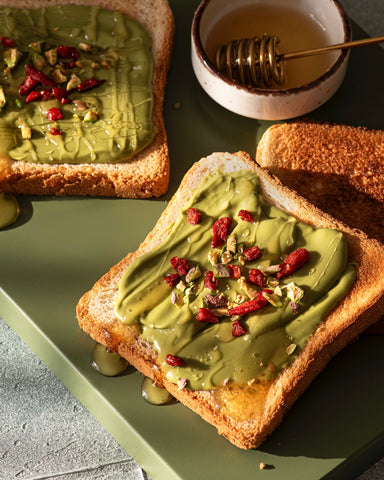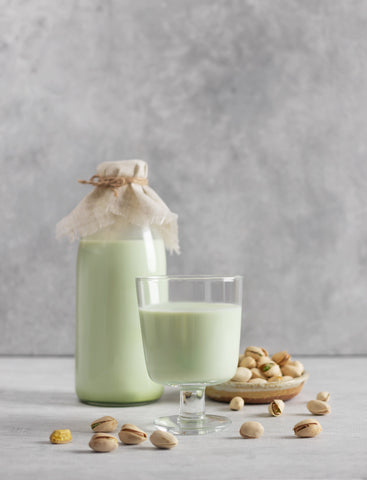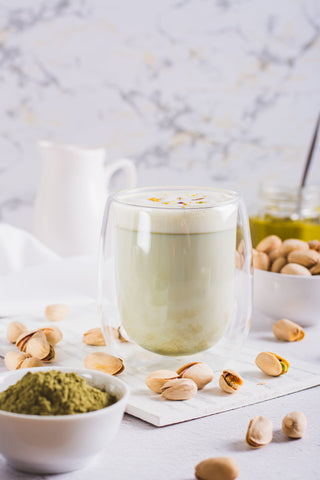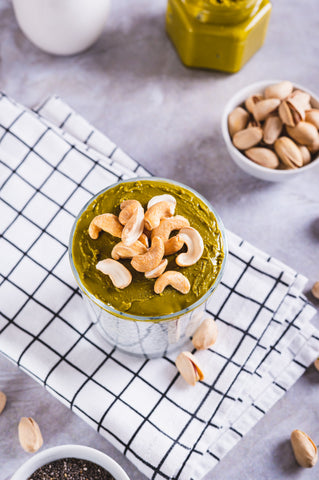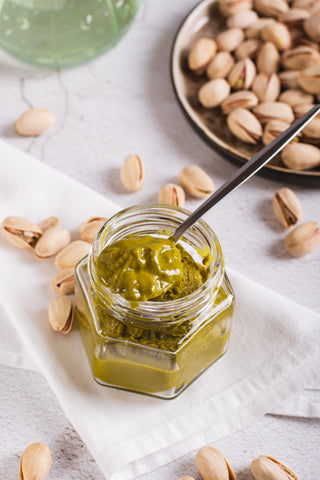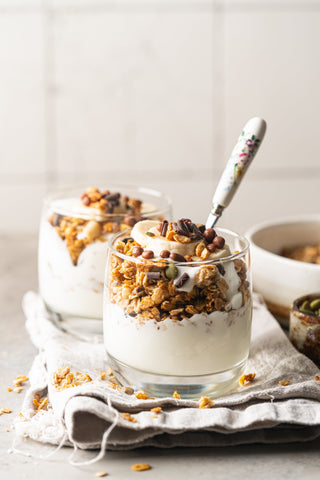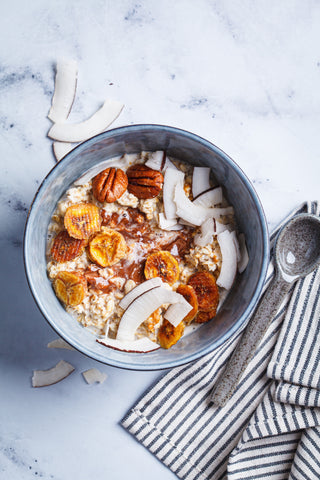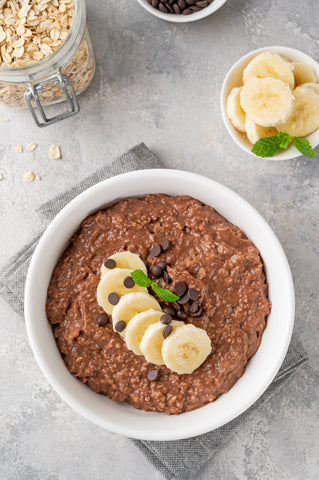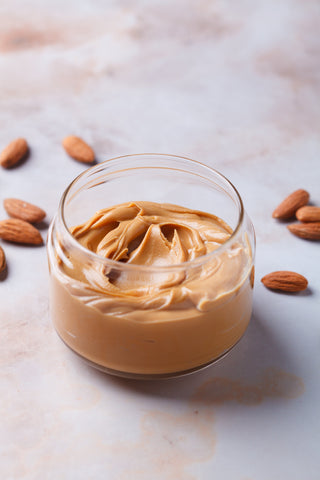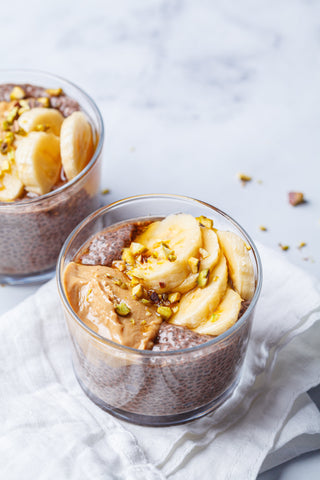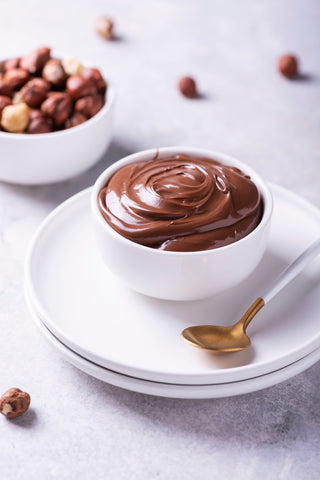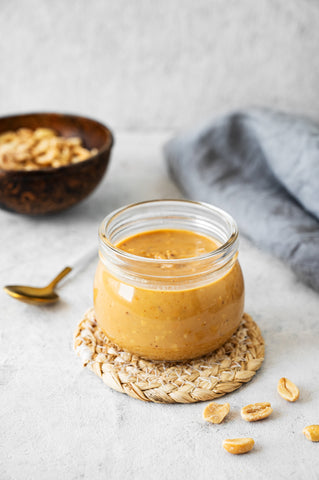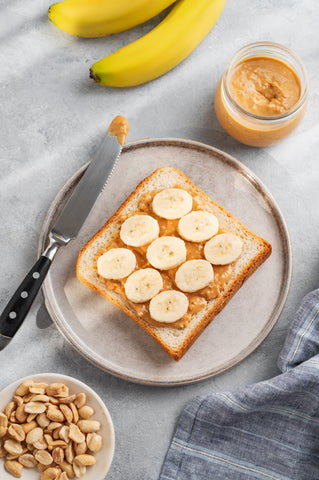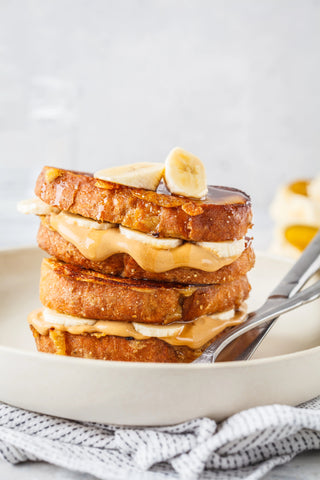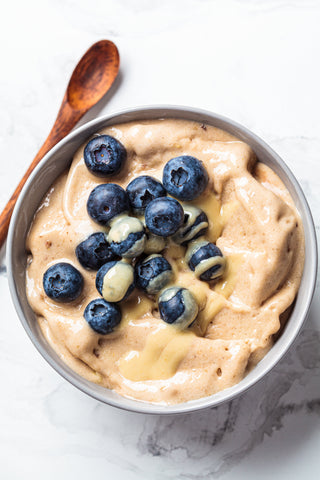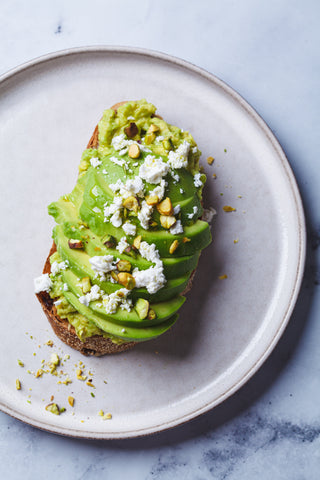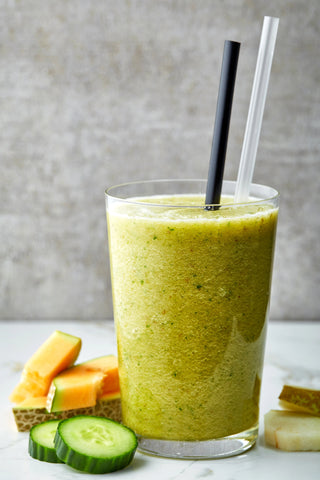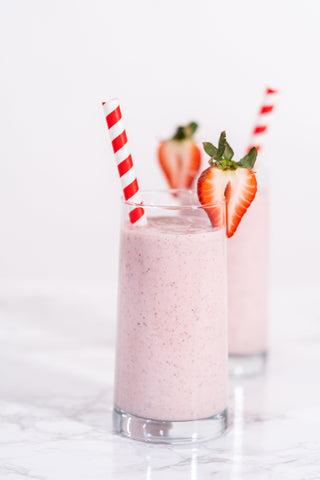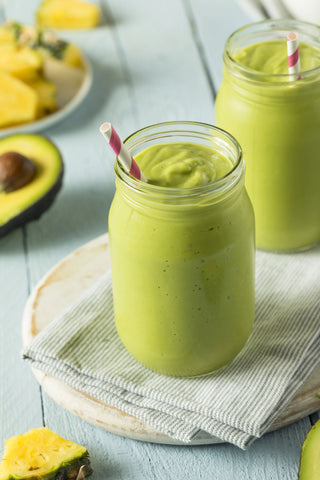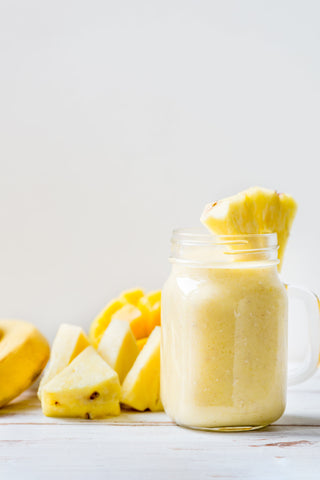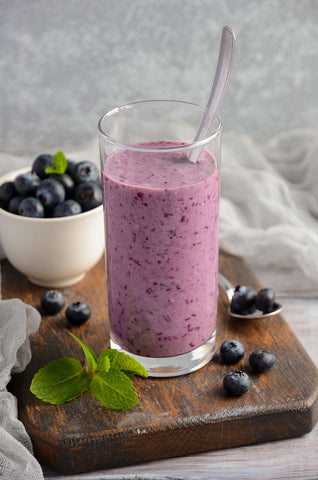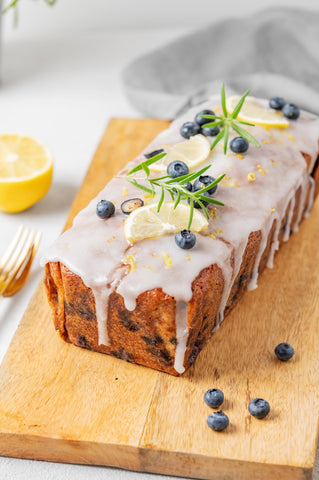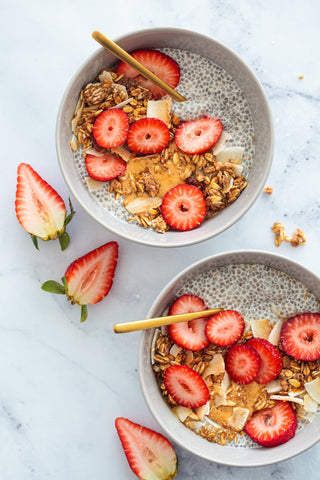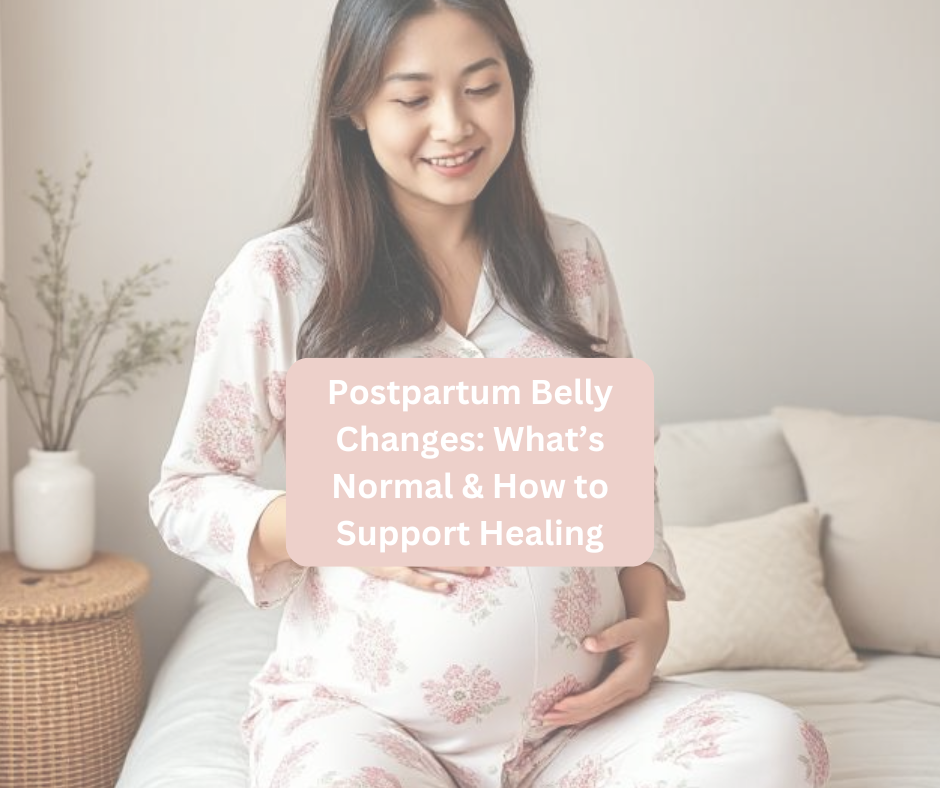
Postpartum Belly Changes: What’s Normal & How to Support Healing
Share
Pregnancy is one of the most miraculous transformations your body will ever go through, but what happens after the baby arrives often comes as a surprise.
Many new moms look in the mirror a few days postpartum and quietly wonder:
"Why do I still look pregnant?" or "Will my belly ever feel normal again?"
The truth is, your postpartum belly is healing from something profound. It’s not “going back” to how it was — it’s evolving into something stronger. Understanding this recovery process (and knowing what’s normal) can bring a huge sense of relief during those early, emotional weeks.
Let’s walk through the real, raw truth about your belly after birth — and how to support it with gentleness, nourishment, and love 💛
What’s Actually Happening to Your Belly After Giving Birth? 🤰💫
Contrary to the picture-perfect bounce-backs we sometimes see on social media, your belly doesn’t shrink overnight. Here’s what’s going on under the surface in those first few weeks:
1. Your Uterus Is Shrinking (A Process Called Involution)
- During pregnancy, your uterus stretches up to 500x its original size to accommodate your growing baby. After birth, it begins slowly contracting back down — this is called involution.
- This usually takes 6–8 weeks and can cause mild cramps known as “afterpains.”
2. Your Skin and Muscles Were Stretched
- Your skin expanded to support a full-term pregnancy — and now that it’s no longer stretched over a baby, some wrinkling, softness, or looseness is completely normal.
- Think of it like a balloon slowly deflating. It will tighten over time, especially with proper hydration, nutrition, and movement.
3. You May Have Diastasis Recti (Separated Abs)
- Many women experience diastasis recti — a separation of the abdominal muscles that creates a ridge or “pooch” down the center of your belly.
- It’s especially common after multiple pregnancies or carrying large babies. The good news? Most cases improve with gentle, targeted core exercises (no crunches or planks!)
4. You’re Still Holding Onto Fluids
- Your body retains extra fluids during pregnancy — and it takes a little while for your hormones, lymphatic system, and kidneys to regulate postpartum.
- That puffiness or bloating in your belly and legs is temporary.
How to Gently Support Your Belly’s Recovery 💛🌿
Here are five simple, mom-tested ways to care for your postpartum belly with love and patience — no pressure, no timeline, just support.
1. Lead With Grace: Be Kind to Your Healing Body
Your body just created life. It deserves time, softness, and zero comparison. Social media isn’t reality, and every mom’s journey is different.
2. Eat for Healing and Skin Repair
What you eat matters — not for “snapping back,” but for real recovery. Focus on foods that support skin elasticity, tissue repair, and hydration:
- Lean proteins (chicken, eggs, legumes) for muscle healing
- Healthy fats (avocados, olive oil, seeds) for skin support
- Collagen-rich foods (bone broth, citrus) for rebuilding connective tissue
- Water, herbal teas, and electrolytes to flush excess fluids
Tip: Add a daily collagen supplement to your smoothies or soups for extra skin support.
3. Start With Gentle Core and Pelvic Floor Work
If you’ve been cleared by your provider, gentle movement can help your belly feel more supported and reconnect you to your core.
Start slow, mama — think breath-led, baby-safe movements:
- Pelvic tilts
- Heel slides
- Deep belly breathing
- Belly wrapping or gentle compression garments
Avoid: Crunches, planks, or high-impact workouts until your core is ready — these can worsen diastasis recti.
4. Consider a Belly Binder (If It Feels Good!)
Postpartum wraps and binders can offer a sense of stability in those early weeks, especially if you’re feeling sore or unsupported.
- Choose one that’s breathable and lightly compressive
- Use it a few hours a day, not 24/7
- Don’t expect it to “fix” your belly — it’s just a tool for comfort
Your body still needs to rebuild strength naturally — this just helps you feel held while it does.
5. Massage, Moisturize, and Move Blood Flow to the Skin
Loose skin, stretch marks, and texture changes are common. Massage with nourishing oils can help restore elasticity and feel nurturing, too.
Try:
- Vitamin E oil for skin healing
- Coconut oil or shea butter for deep moisture
- Dry brushing to stimulate circulation and lymphatic drainage
Even just rubbing your belly with warm oil for a few minutes each morning can feel grounding.
A Gentle Reminder, Mama 💛
Your postpartum belly is not a flaw. It’s a beautiful, visible reminder of the miracle your body just performed.
You will feel stronger again. You will reconnect with your core. You will look in the mirror one day and see a body you recognize — and maybe even admire more than before.
For now, meet yourself with patience. Feed your body well. Move when you’re ready. And know that healing — real, whole-body healing — takes time. You’re doing amazing.
FAQs
Q: How long does it take for your belly to go down after giving birth?
A: For most women, the belly noticeably shrinks within 6–8 weeks as the uterus contracts. But skin, muscles, and connective tissues can take several months (or longer) to fully heal — especially if you had diastasis recti. Every body is different, and there’s no one-size-fits-all timeline.
Q: Can I start doing ab workouts right away to flatten my belly?
A: Not just yet! Intense core workouts like crunches or planks can make postpartum issues worse — especially if you have abdominal separation. Stick to gentle core activations like breathing exercises, pelvic tilts, and heel slides for the first few months, and get medical clearance before ramping up.
Q: Will my postpartum belly ever be flat again?
A: Some moms regain a flat belly, others don’t — and that’s okay. Factors like genetics, skin elasticity, and how your abdominal muscles healed all play a role. What matters most is how you feel in your body. Strength, connection, and comfort are much better goals than perfection.
Q: Is belly binding necessary after childbirth?
A: No — but it can be helpful for some moms. Belly binders don’t magically shrink your waist, but they can offer gentle support as your core recovers. Just be sure it’s not too tight, and don’t wear it constantly. Think of it as a short-term comfort tool, not a fix-all.
Q: What can I do about the loose skin on my belly?
A: Loose skin is very common postpartum. Stay hydrated, eat nutrient-rich foods (especially those with collagen and vitamin C), and gently massage the area daily with nourishing oils. Over time, your skin can regain some elasticity — but try to focus on comfort, not comparison.
